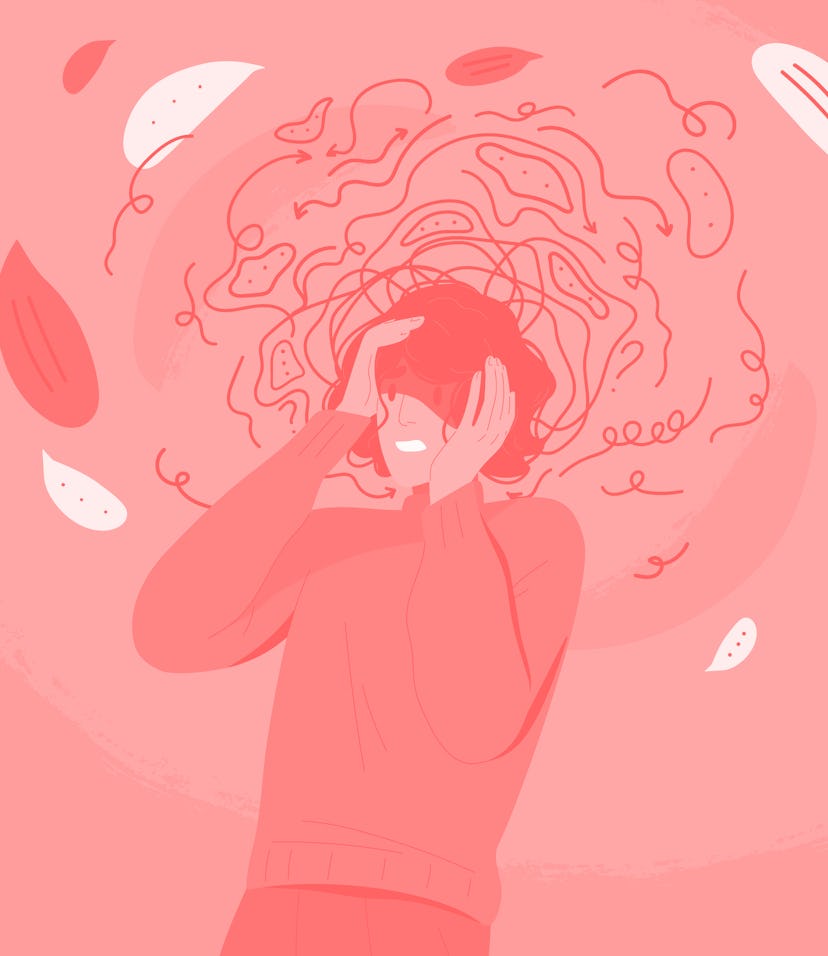Culture
Social media shows just how sad people are right now, researchers say
Data alone can't paint a full picture of mental health but it gives us a glimpse into the current cultural mood. And the cultural mood right now is shit.

If there is one thing most Americans can agree on, it is that 2020 has been a rough time. The year has been so difficult for so many that researchers took it upon themselves to study the "mood" of the people, at least in the United States online at this moment. You might be wondering then: what was the saddest day in 2020? The answer will differ depending on who you ask individually. But according to the Computational Story Lab of the University of Vermont, May 31 this year proved to be the most stressful and depressing day so far, based on language analysis conducted on Twitter users.
Terms like "terrorist," "protest," "violence," "protesters," "racist," "arrested," and other similar words shot up, researchers told the New York Times. That was shortly after the tragic death of George Floyd, which sparked nationwide protests in support of Black Lives Matter and against police brutality.
Stockpiles of data like this, often called digital traces, don't paint the full picture and should not be seen as the only method to study public mental health. But it certainly shows that 2020 has weighed heavily on many people, demoralizing millions, and enabling widespread and rather nihilistic speak online. It has been so devastating that mathematicians and trained computer scientists Chris Danforth and Peter Dodds tell the New York Times that their machine, the Hedonometer, reported that there was a full month post-May 31 where "the Hedonometer was reading sadder than the Boston Marathon day."
How the Hedonometer works — Danforth and Dodd's machine works by collecting a random 10 percent of tweets on a daily basis since 2008. The languages are random and go well beyond English. Text analysis will focus on vocabulary, word count, the use of "I" and "me" in sentences, and more to then parse that digital data to synthesize users' "mood" online.
While Twitter is not at all reflective of the entire United States, much less the whole world, scientists look at these digital traces to grasp people's coping mechanisms in the face of adversity, including a public health crisis like that induced by COVID-19.
It is no surprise that the pandemic hit public mental health hard. From isolation, distancing, poor leadership from the government and its predilection for conspiracy to ongoing tensions between civilians and law enforcement, countless people have turned to social media where echo chambers make life lonelier as opposed to affirming, ironically enough. Naturally, users feel drained, discouraged, and confused.
The researchers don't necessarily offer advice on how to take care of yourself in such circumstances. But unplugging from the internet, putting your gadgets away for a few hours, and letting your mind take a quiet stroll away from the constantly connected web seems like a good start.